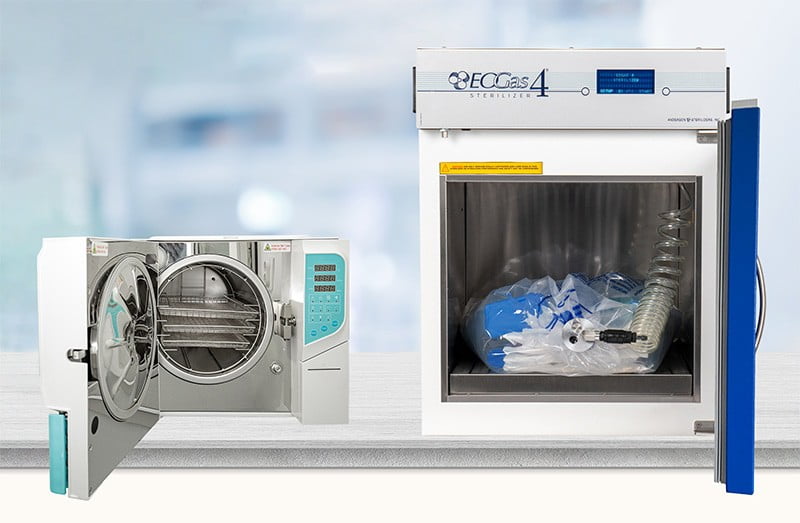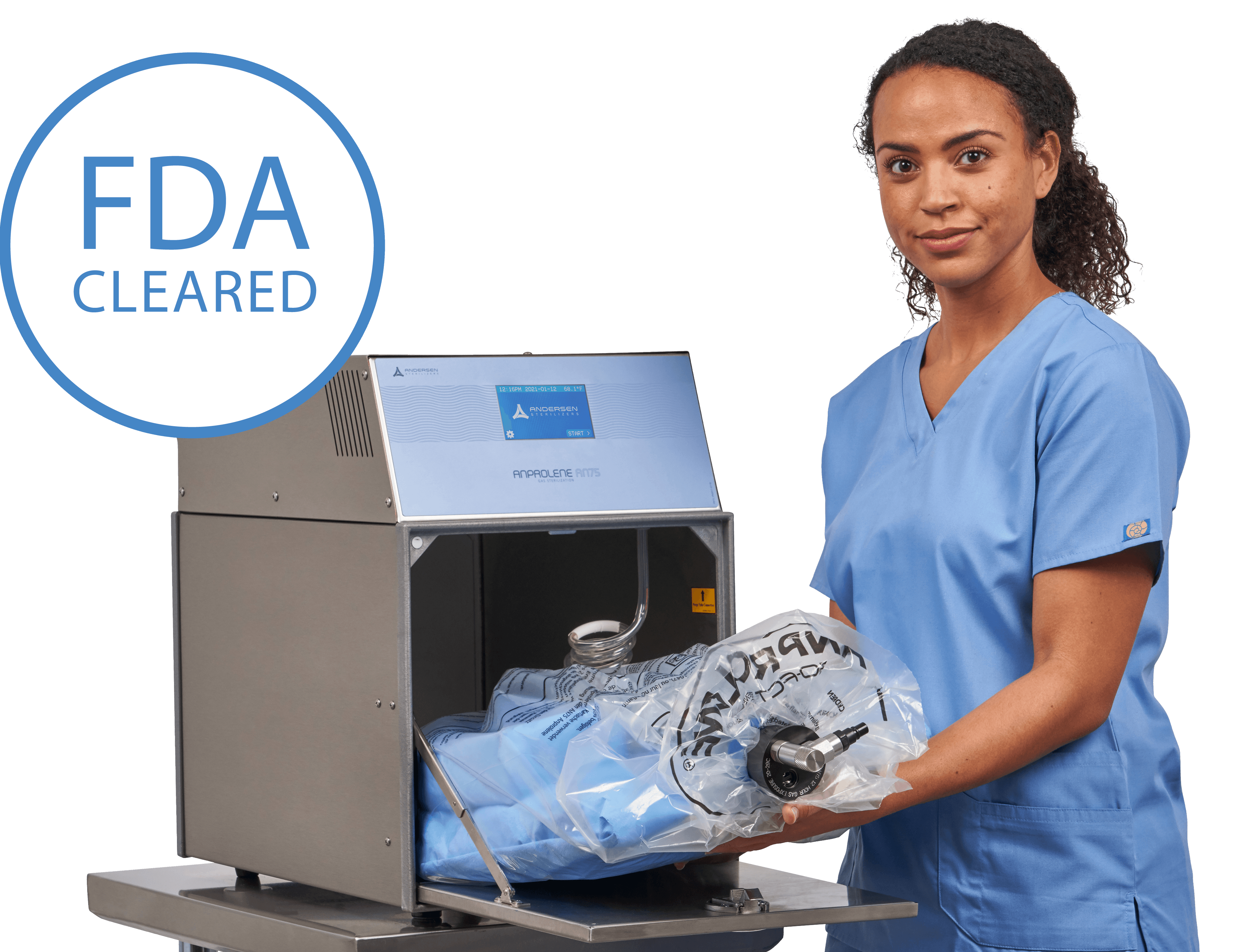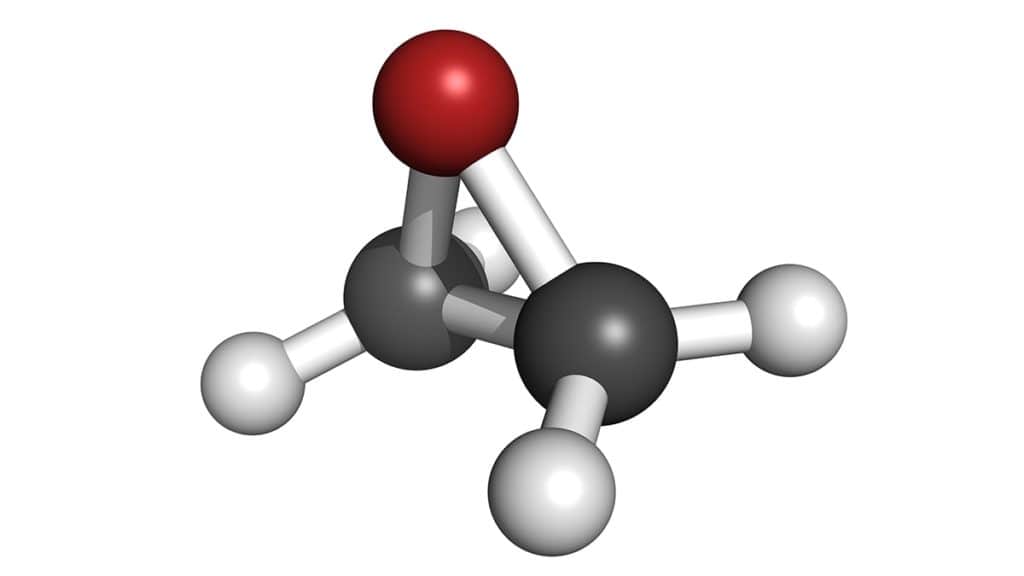
Why Use Ethylene Oxide Sterilization?
Expand Your Sterilization Capabilities
Why add an Andersen sterilizer to your clinic if you already employ an autoclave? First and foremost, Andersen’s ethylene oxide (EO) sterilizers effectively reprocess delicate medical instruments without degradation. Other modalities can compromise delicate, complex instruments. Autoclaves are fast but often damage instruments by exposing them to high heat and steam. Andersen’s FDA-cleared systems are the perfect complement to any infection control strategy.


How EO Sterilization Compares
There are many benefits to ethylene oxide (EO) sterilization, some of which may be critical to your hospital or clinic, especially when reprocessing complex multi-channel endoscopes and delicate medical devices. Andersen’s FDA-cleared sterilizers offer several advantages, including low per-cycle cost, low-temperature operation, Flexible Chamber Technology®, which allows our systems to use a microdose of EO — just 17.6 grams per cycle.
The History of Ethylene Oxide
Ethylene oxide is a naturally occurring compound used across various industries for over a century. In the 1930s, EO was introduced as a sterilant in hospitals. The military adopted EO sterilization in the 1940s. Andersen’s advanced technology has revolutionized the use of EO in hospitals and clinics worldwide. Today’s systems use only a microdose of EO per cycle to achieve the terminal sterilization of even the longest lumens. Learn more about how ethylene oxide has evolved into one of the most effective, compatible and dependable sterilization methods available today.


FDA and AAMI Recommend EO For Reprocessing Flexible Endoscopes
Improperly reprocessed endoscopes have been linked to deadly hospital-acquired infections (HA|) in healthcare facilities nationwide and around the world — even when facilities are adhering to the standard of care, high-level disinfection (HLD). Andersen Sterilizers provides the answer. Our EOGas 4® sterilizer is the only system in the world proven to sterilize the longest lumens. Both FDA and the Association for the Advancement of Medical Instrumentation (AAMI) have recommended EO for the reprocessing of long lumens.
